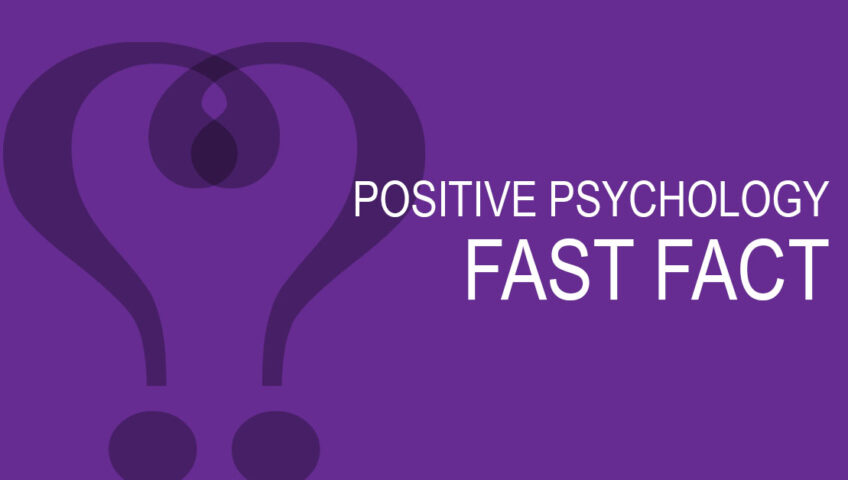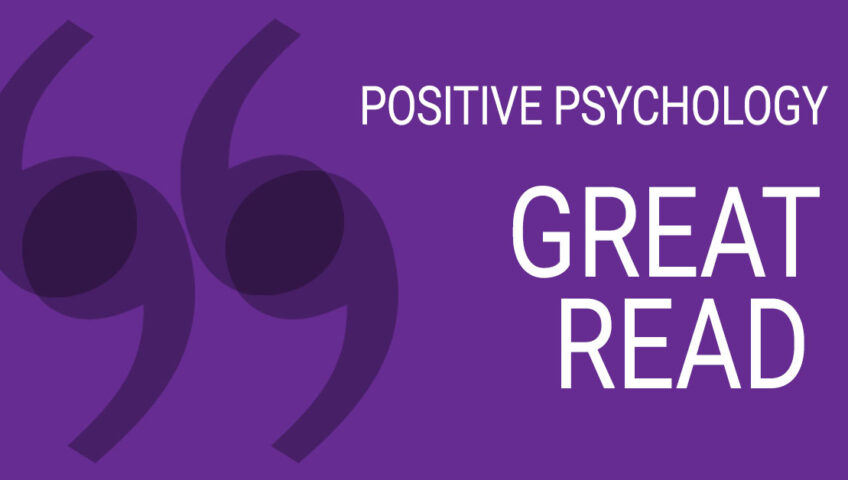A happy boss is not always a good one. Being a positive leader is about more than being a nice, friendly boss with an open-door policy. It is about fostering a positive climate, promoting communication and enhancing relationships. These key elements can help your organisation flourish and allow individuals to exceed expectations.
Positive leadership is a concept developed by Kim Cameron, a professor of management and organisations. Cameron combined insight from the field of positive psychology to describe the traits and behaviour of the most effective leaders. He argues that positive leaders have an affirmative bias, focusing on strengths to increase potential. This is an approach that positive psychology trainers teach in their leadership programs.
Positive leadership provides an evidence-based model for becoming a more effective leader. It enables leaders to see negativity as an opportunity for change and focus on increasing the positive capacity of an organisation or team. Basically, positive leaders transform negative situations into positive outcomes. They focus more on building employees’ strengths and creating positive workplace culture, rather than trying to remediate ‘problem behaviours’.
Positive psychology trainers recommend that leaders foster positive workplace cultures by using the positive deviance model. This refers to the practice of looking for individuals that succeed where others fail and learning what they do differently. Finding out what makes these individuals succeed can help leaders uncover new strategies and solutions.
Kim Cameron proposes that there are four essential elements of positive leadership. Positive psychology trainers can help you learn specific techniques for building these into your leadership practice. The four factors are:
- Positive climate
- Positive relationships
- Positive communication
- Positive meaning
Cameron argues that leaders directly impact the climate of the workplace. When a leader displays positive emotions, he or she helps create a more positive climate. Basically, a positive leader focuses more on what goes right and less on what goes wrong.
Establishing positive relationships also brings greater job performance, as relationships allow individuals to actively contribute. This also requires positive communication, which is considered the most important factor in determining organisational performance. Based on Cameron’s research, for every negative communication, leaders should complete five positive interactions.
The initial three elements are essential to a positive work environment, but they remain empty without some type of purpose or meaning. When employees find meaning in their work, they remain committed to the outcome. Emphasising contribution over personal achievement can help leaders create engages and flourishing teams.
To improve the workplace culture within your organisation or team, positive psychology trainers recommend starting with the following actions.
- Allow employees to collaborate on projects, as collaboration leads to a stronger culture and positive communication
- Actively listen to everyone’s ideas and allow each employee to voice their thoughts
- Establish clear, open communication throughout the organisation
- Recognise and reward hard work to boost morale and keep individuals motivated
- Show trust by allowing employees to work without constant micromanagement
Research backs the benefits of positive leadership. Based on a study by Margaret Greenberg and Dana Arakawa, positive leadership practices tend to result in higher employee engagement and project performance. The study also found that positive leaders tend to use a strength-based approach and maintain a positive outlook during difficult situations. Positive psychology trainers work with research like this, teaching you how to turn it into practical leadership strategies.
No one likes a grumpy leader, but a positive leader requires more than just playing nice. To become an effective leader, you need to promote more positivity in your team and embrace positive deviance within your organisation. Foster a positive climate, relationships and communication. Above all else, ensure that business goals and outcomes help create a sense of meaningfulness and purpose.
About the author of this article:
Eleanor is a master trainer and facilitator. She specialises in positive psychology, helping leaders and HR practitioners build flourishing organisations. She is known as a creative, dynamic facilitator with a flair for helping ‘positive deviants’ excel at work. Eleanor is the author of the Positive Psychology Toolkit for HR and L&D practitioners. She runs a range of practitioner retreats and workshops for trainers and facilitators.










